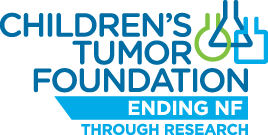Dr. Kim Hunter-Schaedle (CTF Chief Scientific Officer) and I attended the 2-day Partnering for Cures conference (www.partneringforcures.org) this week. We were gratified to be selected as one of the presenters at this conference, but the real value for us was hearing how the landscape is changing for big pharma, biotech, government agencies, and how other foundations are addressing challenges similar to ours.
Kim may have other thoughts that I hope she posts, but there were two major themes I took away from these presentations:
Similar to the key to real estate being location, location, location, then the key to drug development is collaboration, collaboration, collaboration. This may not seem to be new idea, but in practice it is. The cost of drug development is too high for even large pharma to go it alone. They are searching for partners with other large pharma (see: Pfizer and GlaxoSmithKlein’s joint venture for HIV treatments), biotech (Sanofi and Regeneron) and foundations (Muscular Dystrophy Association and PTC Therapeutics).
We are moving in this direction through our DDI investments, and we welcome the major contributions (200k+) in promising compounds from Novartis and Genentech to our NF Preclinical Consortium, but we need to do more.
One of the most compelling presentations keeping with this collaboration theme was not from a drug company, but from Creative Commons (www.creativecommons.org). Through their science commons initiative, this group is working to standardize intellectual property and other legal agreements and develop technology to make research, data and materials faster to access and easier to find and use.
The second major theme was technology advancements that are expected to make personalized medicine a reality in the medium term. With the genes that cause NF identified, it is an ideal disorder to be at the forefront of this movement.
Special thanks to the Milken Institute and FasterCures for organizing this inaugural conference
John

